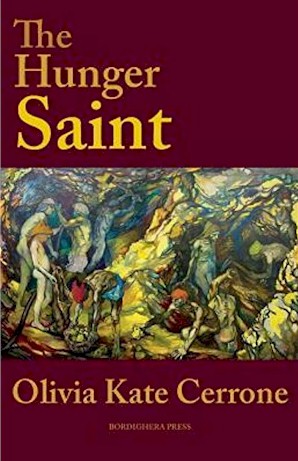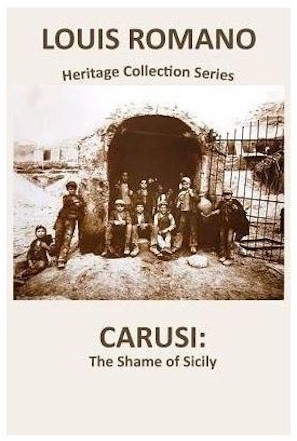|
Books in the
Sicilian Reading List |
|
|
|
 |
|
 |
|
 |
|
|
|
|
 |
|
 |
|
|
|
|
 |
|
|
|
|
|
|
|
 |
|
 |
|
|
.(Click on the image of the front cover for purchase information, where available.) |
 |
|
 |
|
 |
|
|
|
|
|
|
|
 |
|
|
|
|
 |
|
|
(Click on the image of the front cover for purchase information, where available.) |
 |
|
 |
|
|
|
|
|
 |
|
 |
|
|
(Click on the image of the front cover for purchase information, where available.) |
|
|
|
|
(Click on the image of the front cover for purchase information, where available.) |
 |
|
|
(Click on the image of the front cover for purchase information, where available.) |
 |
|
|
(Click on the image of the front cover for purchase information, where available.) |
 |
|
|
(Click on the image of the front cover for purchase information, where available.) |
|
|
|
|
(Click on the image of the front cover for purchase information, where available.) |
|
|
|
|
(Click on the image of the front cover for purchase information, where available.) |
 |
|
|
|
|
|



